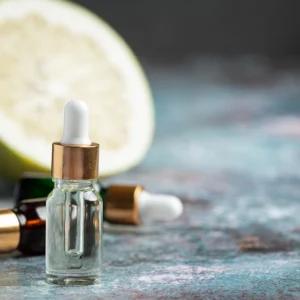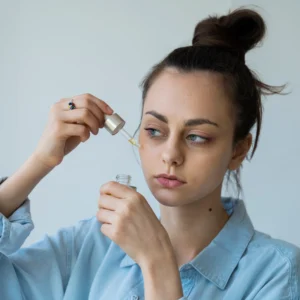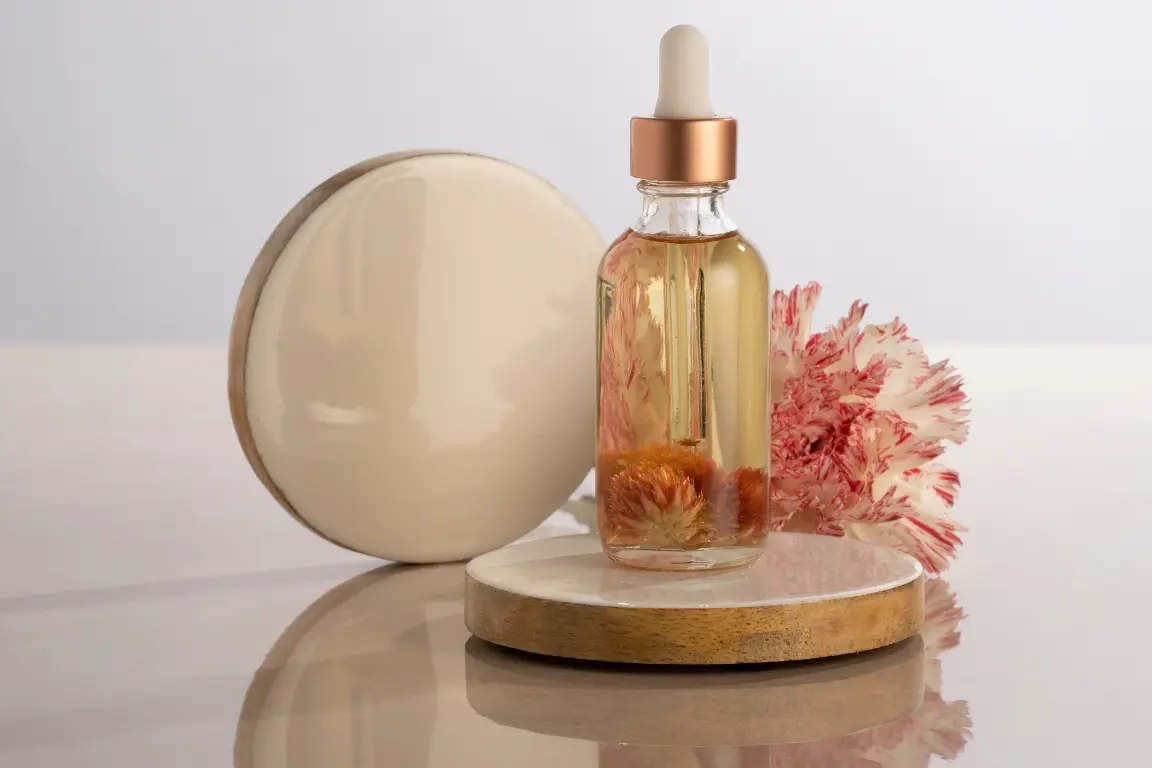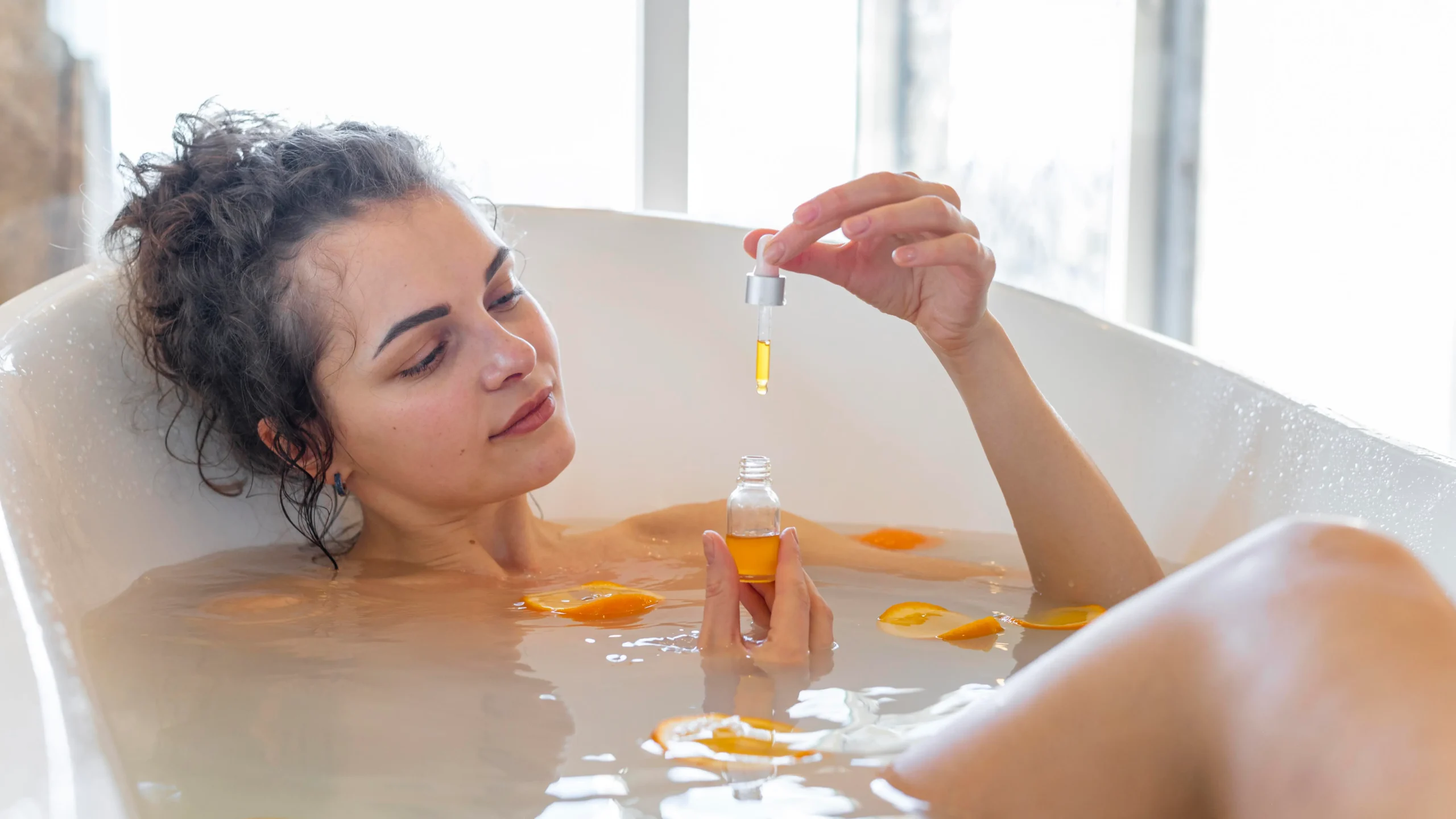Face serums are tiny in bottles but enormous in action. Loaded with active ingredients in high strength such as Vitamin C, hyaluronic acid, niacinamide, or retinol, face serums are now an essential in every skincare regime. Then there is the reality check: even the most costly serum would not yield best results if used incorrectly.
If you’ve ever wondered how to apply face serum properly or if there’s some way that actually makes a difference, then you’re in the right place. In this simple-to-follow yet expert-approved guide, we’ll walk you through how to use face serum the right way for healthy, glowing skin.
What Is a Face Serum and Why Should You Use It?

Face serums are light, quick-absorbing solutions that are packed with active ingredients to drive them deep into your skin. Unlike moisturizers, which just lay on the surface of your skin, serums penetrate deeper to target issues such as:
- Fine lines and wrinkles
- Hyperpigmentation
- Dryness and dehydration
- Acne and breakouts
- Dullness and uneven tone
Serums can be created to meet your skin type and must be used after cleansing but before moisturizing to achieve the maximum absorption. Knowing how to apply face serum in the correct order is essential for getting the desired benefits.
How to Use Face Serum

Step 1: Begin with a Clean Slate
Cleanse your face with a gentle cleanser prior to using your serum. It washes away dirt, oil, and leftover makeup so your serum gets to penetrate deeper.
Pro Tip: Double cleansing (particularly in the evening) permits maximum absorption of product.
Step 2: Apply a Toner (Optional but Advised)
Toners even out skin pH and prepare it for improved product penetration. If you’re employing a toner or essence that’s hydrating, use your hands or a cotton pad and pat the product onto your skin.
Step 3: Use the Right Amount of Serum
Put 2–3 drops of serum on your fingers or the back of your hand. That is enough—serums are highly concentrated and need only a tiny amount.
Avoid rubbing palms to palms as it is wastage of the product. Rather, use your fingertips to pat the serum on important areas: forehead, cheek, nose, and chin.
Step 4: Pat, Don’t Rub
The best way to apply face serum is to pat and press it into the skin using your fingertips. Gently pat the product in until the product has absorbed. This increases circulation and provides an even application without drying out your skin. Learning how to apply face serum this way can improve absorption and reduce product waste.
Step 5: Lock It in with a Moisturizer
Locking your serum with a moisturizer traps the active ingredients and prevents moisture from escaping. Wait always about 30–60 seconds after applying serum before moisturizing.
Step 6: Put on Sunscreen (If It’s Daytime)
If you’re going out, don’t exit the house without the sunscreen! After moisturizing, put a broad-spectrum SPF on top to shield your skin from damage UV rays cause. When applying a serum in the morning—namely one that contains actives such as Vitamin C or retinol—how to apply face serum properly includes ending with sunscreen to keep your skin safe.
How to Use Face Serum in Your Routine (AM vs PM)
The when of when to apply face serum does matter:
- Morning Routine: Use antioxidant serums such as Vitamin C to defend against environmental stressors.
- Evening Routine: Use retinol, peptides, or hyaluronic acid to repair and hydrate overnight.
This is a sample routine:
AM Routine: Cleanser → Toner → Vitamin C Serum → Moisturizer → Sunscreen
PM Routine: Cleanser → Toner → Retinol or Hydrating Serum → Moisturizer
Following these steps ensures you understand how to use face serum both in your morning and night skincare routines.
Best Results Tips: How to Use Face Serum Effectively

Here are some extra tips that will maximize the benefit of your serum:
- Patch Test First
Always do a patch test on a new serum to prevent allergic reactions or irritation. - Store It Right
Store your serum in a cool, dry location. Some ingredients such as Vitamin C are light-sensitive—think opaque or colored bottles. - Be Consistent
Results aren’t immediate. Use your serum consistently (usually once or twice a day) for at least 4–6 weeks. - Know Your Skin Type
Dry skin? Hyaluronic acid is your friend. Oily skin? Niacinamide or salicylic acid is the way to go. Aging skin? Retinol could be your new best friend.
To truly benefit, it’s not just about the product, but also how to use face serum consistently with the right technique and frequency.
Common Mistakes to Avoid When Using Face Serum
- Overusing the product: More does not mean better. Use 2–3 drops.
- Combining incompatible actives: Do not layer ingredients such as retinol and Vitamin C unless formulated together.
- Skipping sunscreen: Certain serums can leave your skin more sensitive to the sun. A key part of knowing how to use face serum safely is to never forget SPF.
Conclusion: A Small Step with Big Results
Learning how to use face serum correctly can revolutionize your skincare routine. It’s not the product—t’is the technique. A few careful steps can leave you with brighter, clearer, and more luminous skin. A skincare novice or a veteran—becoming a face serum master is the key to experiencing its full potential.
Frequently Asked Questions (FAQs)
1. Can I use face serum daily?
Yes, except for actives such as retinol, serums can generally be used every day. Actives are to be used 2–3 times a week initially to prevent irritation.
2. Do I apply serum to wet or dry skin?
Lightly dampened skin will allow the serum to penetrate better, particularly for humectant-type serums like hyaluronic acid.
3. Can I apply more than one serum at once?
Yes, but carefully. Use thin serums layered and make ingredients compatible. Do not mix actives such as retinol and AHAs unless a dermatologist tells you otherwise.
4. How far apart do I space serum and moisturizer?
Allow 30–60 seconds for the serum to penetrate before applying moisturizer.
5. Serum or moisturizer first?
Serum comes before moisturizer at all times. It is akin to the treatment phase of your skincare program and learning how to apply face serum before layering other products helps improve its impact.

